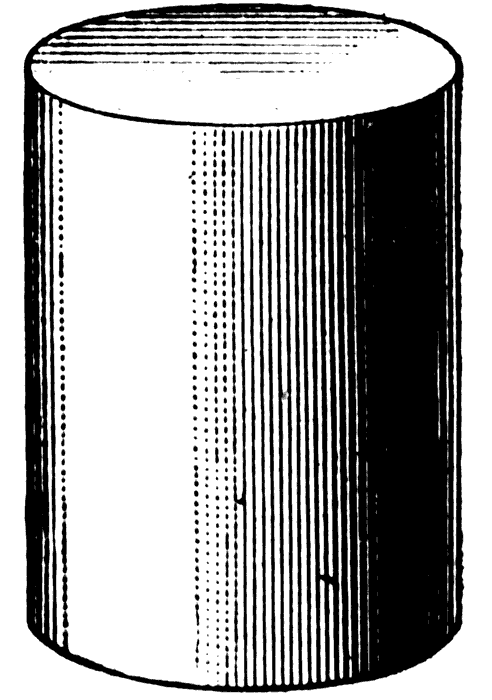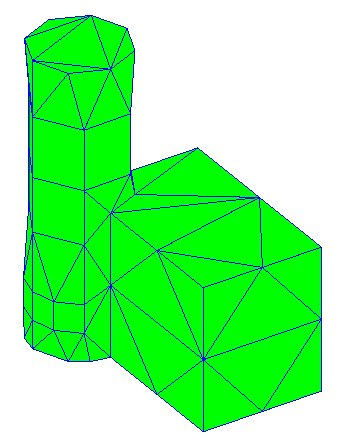|
|
LITR 5431
Literary & Historical Utopias
|
|
John
Sissons
Utopia in Science Fiction: Utopia, Dystopia, or Ustopia?
My
research interest is writing science fiction novels. I have finally come to
accept the fact that I have written a literary utopia within the larger story
arc of my Strike! series of science
fiction books. Now, I want to explore what type of utopia I have written. That
there are two broad types of literary utopias is plain, at least to me. The
first three books we read for this class indulge in what Andrew Milner and
Robert Savage describe as “the kind of information overload that so often
bedevils utopian narratives” (Milner, 40). These three books represent the first
broad type of utopia I have noticed, which are light on story and character
development and very heavy on detail. Thomas More wrote in extreme detail every
manner of behavior that he wished his fictional Utopians to have. More was not a
writer by trade, but a government official. Charlotte Perkins Gilman likewise
had other interests besides writing utopian narratives and her story is likewise
extremely detailed. Ayn Rand’s Anthem
is very detailed as well.
The second broad type of narrative utopia I have noticed is in our recent
reading assignment. The Dispossessed
is more literary than the technically detailed prose in the first three books.
Ursula Le Guin’s The Dispossessed is
a story about characters that act as real people might. The vision of utopia she
expresses on the moon Annares is contrasted closely with the society on its
parent planet Urras, which is vastly different. The detail of the workings of
the utopia, Annares, is cleverly woven within the story itself and not presented
as virtual lists like More’s Utopia.
In The Dispossessed we learn that the
people of Urras have a society much like our own in twenty-first century America
and Le Guin contrasts that society with her version of utopia on Annares.
All
four books share the typical minimum traits of a literary utopia: an isolated
community inhabited by specially chosen people who cooperate voluntarily with
each other. Le Guin, however, makes her observations with very skilled prose
because she is a professional writer, unlike the first three authors. As Joanna
Page writes, “Utopian narrative is at its most utopian,,., when it demonstrates
to us our imprisonment within the present (ideological) moment” (Page, 171). And
in that observation Le Guin excels.
Raymond Williams, however, has refined and identified four basic types of
literary utopia and science fiction connections. First “is
the paradise, in which a happier life is described as simply existing
elsewhere”; second is “the externally
altered world, in which a new kind of life has been made possible by an
unlooked-for natural event”; third “is
the willed transformation, in which a new kind of life has been achieved by
human effort; and fourth, the
technological transformation, in which a new kind of life has been made
possible by a technological discovery” (Williams, 203). Of the four books we
have read, only Le Guin’s can reasonably be called science fiction. The first
three occur on earth with primitive technology and loosely conform to the first
three types of utopia listed by Williams. Le Guin’s
The Dispossessed has elements of the
third type of Williams’s utopia definition and conforms closely to the fourth
type of utopia. To add to Williams’s differences in narrative utopia, Margaret
Atwood adds another dimension. In Margaret Atwood’s article “Dire Cartographies:
The Roads to Ustopia”, she argues that both utopia and dystopia exist within
either narrative form. Her term “ustopia’ is meant to signify that “each
contains a latent version of the other” (Atwood, 66).
J. Jessie Ramirez writes that Le Guin uses what he calls “Anti- Anti-
Abundance” in her story of Annares (87). He points out that
The Dispossessed was written during
“the US’s defeat in Vietnam, the oil crisis, the publication of the Club of
Rome’s Limits to Growth, and the
onset of economic recession.” He further argues that 1974 marked the end of “the
age of abundance” (86). However, the United States was still the wealthiest,
most powerful country on earth in 1974. But, we also had large populations of
unhappy people inside our land of plenty, indicating both utopia, where
everything was good, and dystopia, where nothing is good, in various locations
and sometimes within the same city. Thus, using Ramirez’s argument, the “ustopia”
in The Dispossessed would exist in
both Annares and Urras, which would reflect Le Guin’s observations of American
society at the time she wrote her novel. Annares had people who avoided work and
people who stymied progress, which would indicate that a dystopia existed
somewhere on that moon. Urras had wealthy elites who impressed the Terran
ambassador as living in a utopia while many people on Urras were not as
fortunate and lived threadbare lives in keeping with the dystopia seen by the
people of Annares.
I now have Williams’ four definitions of literary utopia combined with
Atwood’s ustopia conditions to consider in my quest to define my utopia in
Marilyn Carter. Now that I am aware
that my utopia may have a dystopia (or at least an element of a dystopia)
lurking somewhere inside it, I must postpone any analysis until I find out if
Atwood is correct in her observations of literary utopias/dystopias. I would not
be surprised if I indeed have an ustopia.
Atwood, Margaret. “Dire Cartographies: The Roads to Ustopia.”
In Other Worlds: SF and the Human
Imagination. Anchor Books, 2011, pp. 66-96.
Miller, Andrew and Robert Savage. “Pulped Dreams: Utopia and American Pulp
Science Fiction.” Science Fiction
Studies, vol. 35, no. 1, March 2008, pp. 31-47.
Page,
Joanna. “Modernity and Cinematic Time in Science Fiction Film.”
Science Fiction in
Argentina: Technologies of the Text in a
Material Multiverse, Digitalculturebooks, 2016, pp.154-191.
Ramirez, J. Jessie. “From Anti-Abundance to Anti- Anti- Abundance Scarcity,
Abundance, and Utopia in Two Science
Fiction Writers.” RCC Perspectives,
no. 2, The Imagination of Limits
Exploring Scarcity and Abundance, 2015, pp. 83-90.
Williams, Raymond. “Utopias and Science Fiction.”
Science Fiction Studies, vol. 5, no.
3, November 1978, pp. 203-214.




